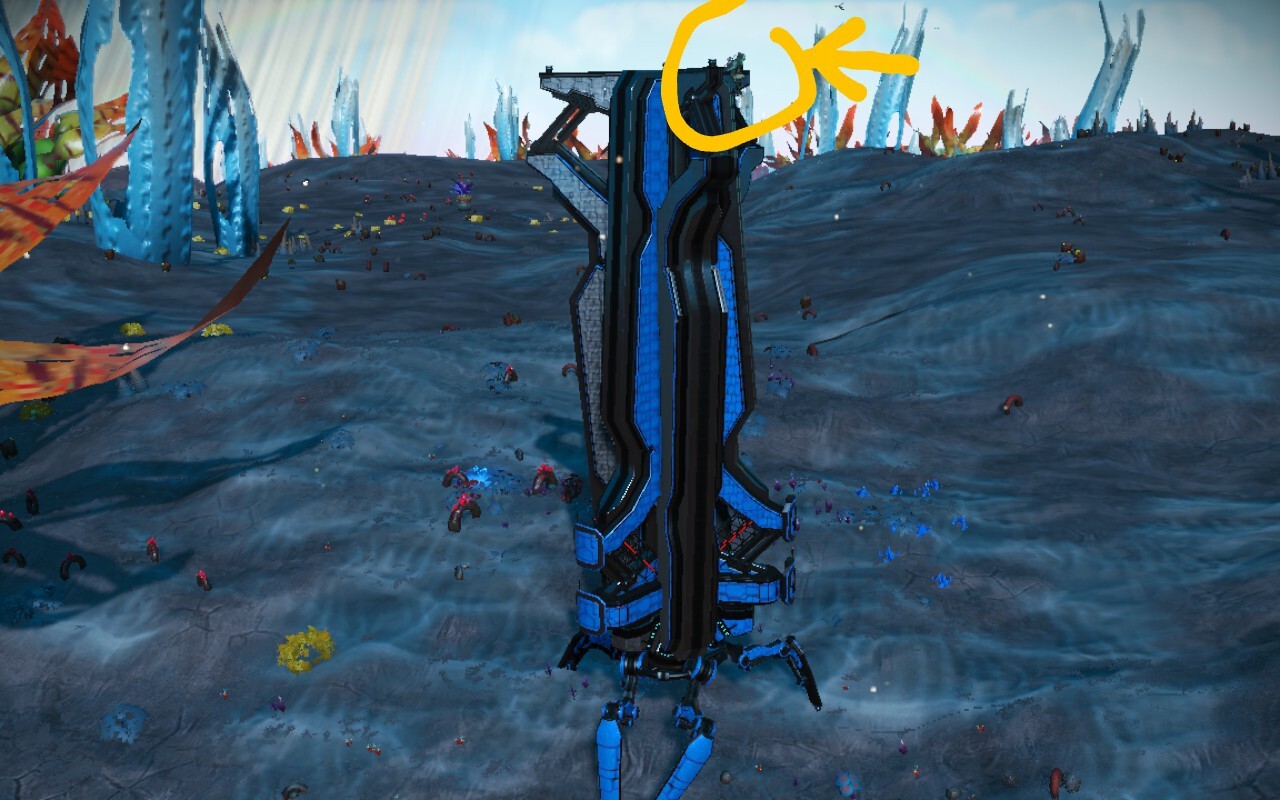Basically. 99 Percent Invisible did a podcast on this very topic: Episode 468 Alphabetical Order
Grimpen
I think I got mine in the second or third wave or pre-order shipping. The right trackpad is worn smooth in the centre, I've replaced the joysticks with the Hall effect ones, not as an upgrade but because the originals finally failed. I upgraded the SSD to a 1TB. It's been my constant companion for years now.
One day, there will be a Steam Deck 2, and I'll probably upgrade. In the meantime I'm excited to see the Legion Go, especially the Steam OS version, because it means the market is there.
Hmm, what sort of crimes could I do with an old Okidata dot-matrix printer?
If we had had^1 a RCB since 2015/16, you would have also seen a response in the orientation of political parties. The fracture between the old Reformers and PC in the federal CPC would probably have resulted in a split. Without the spoiler effect welding the party together I can't see them surviving long.
This also means that Erin O'Toole would probably be leading a more Centre Right PC-style party still, or Carney (who really seems like an old style PC in many ways) would have joined them.
Close to ten years after a potential move to a RCB, the fundamental landscape would likely have shifted.
Generously, Trump put him in a bind. On the one hand around a third of his supporters would be down with being the 51st state, or are at least fans of what Trump is doing. If he came out too hard against Trump, he could have bled support to the PPC,
Ironically, electoral reform would save the Conservative Party. It would probably split back into a more PC style centre-right party and a more populist Reform style party. I think an old Joe Clark style PC leader could have done better, but with ⅓ of the modern CPC Qonvoy supporting Trumpians, I don't know that they could elect one. If they did, it would be Erin O'Toole all over again.
Four journalists had an opportunity to ask a question and follow-up of Carney. Only two were real journalists, and the difference was telling.
- Q1a: Missed original identification and question, but apparently what budget cut will be made to make room for promised investments?
- Q1b: where is the $500 billion coming from.
- Q2a: Juno news: Was Justin Trudeau a good Prime Minister?
- Q2b: How you reconcile (working with former LPC members who were part of Trudeau's government)? The "odd" question.
- Q3a: Canadian Press: New immigration targets?
- Q3b: Pipelines take years, how does that protect Canadian sovereignty?
- Q4a: True North: "How many genders are there?"
- Q4b: Do biological women have a right to their own spaces?
As a fellow pedant, I have to point out that even a simple tic-tac-toe algorithm is "AI".
The term AI was coined at the Dartmouth College Summer Workshop in 1956. Early AI focused on developing expert systems and things like heuristics.
Most people conflate AI, the technical term for computerized decision making in general with the SciFi concept of super intelligent computers, and there has been a revolution since about 2010, in that computationally intensive neutral networks that were theoretical became more conceivable and practical. But LLMs are just a single family of AI techniques.
This, even bad 90's game computer AI is just as valid to call AI as the latest OpenAI model. It's just more primitive. Orders of magnitude more primitive, and no neural networks or LLM.
Mythbusters did this with coffee whitener as I recall. Impressive.
This has also happened to sawmills and flour mills, under less controlled circumstances.
The mad "gold rush" mentality towards AGI is nerve-racking. I'm reminded of Protogen's attitude towards the Protomolecule in The Expanse.
I figured we still had 5-ish years to figure it out, but the rapid progress against HLE (Humanity's Last Exam) makes me nervous.
But sure, let's just rush headlong towards the precipice, how hard can alignment be really? My anxiety about the future and the importance of getting this right are not eased by people scoffing because "just count the fingers!" When the field is changing so fast, looking at what was going on a few years ago isn't helpful.
Well, past my pay grade.
I am by no means an expert, I just listen to Perun, William Spaniel and Ryan McCabe a lot (and War Fronts et al). Probably the most pressing need for newer more reliable fighters are as interceptors. Russia has historically flown missions to "buzz" the airspace of NATO countries. I think the Baltics are more of a hotspot, and Alaska, but I would assume that Russia will likely do the same to ours more in the future as well. Especially considering we have already banned Russian civilian aircraft from Canadian airspace since 2022.
Second to that would be in support of NATO allies. Canada has routinely used our CF-18's in support of overseas operations of our allies. I would expect we would like to continue to do so. This is one of those things where if you want allies you probably need to pull your own weight… or surrender something else. I'm certain we could avoid this necessity and just accept increased US concessions. I can't remember who said it, but I've found it useful to consider the US as a "security exporter". They are getting something in return for their defence spending. Which is also what's so concerning, the current administration seems completely ignorant of even the cold Realpolitik calculus of US defence spending.
As to the second part, I would expect our NATO allies would appreciate some Canadian F-35s stationed in Poland say.
The third is straight up national defence. Having the equipment means that anyone actually attacking us needs to deal with the equipment. The old adage is that defence capability is built capability. You have the equipment you already have, not the equipment you are buying and will have soon. This 3rd requirement is where F-35 gets really dodgy. We have an ocean and the longest undefended border, what threats do we really face on the home front? Really? Well, even though I think it's unlikely, it is undeniable that it is vastly less unlikely than it was last year that we could be defending ourselves against US attacks. This could be from US freedom of navigation patrols of the Northwest Passage to an actual land invasion. Don't forget the best scenario is that nothing happens because it's not worth it to start anything.
The F-35 is a finicky and high maintenance race horse. It is highly capable but not rugged. That's fine for the first two requirements, but not great for the 3rd if airbases are targets. This is another reason why Gripen as a stopgap to GCAP seems like a better and better idea. Add in that the US could withhold parts and software updates to further degrade F-35 capability and it becomes less capable in this (currently) unlikely but absolutely devastating scenario.
I'm probably missing a lot, that's just my impressions as a non-expert. As a non-expert I think we should probably stick with 22 or maybe even 44 F-35s. We can take delivery of them soonest, they are very capable, and they absolutely rock for the first two requirements. The money saved should probably go to Gripen (or Typhoon) since we could order and take delivery in parallel, meaning more fighters faster (see requirement 3). Finally, we should use some of the increase in defence spending to join GCAP. Once our defence aerospace industry is a bit healthier than we can explore further capabilities.








Inspiring story, can we be like that again?
So much of the extra costs of building seems to be endless rounds of reviews and revisions. Sure, building things better is… better, but we've seen this process hijacked by NIMBY's (IMHO).